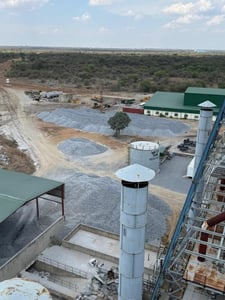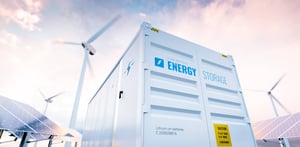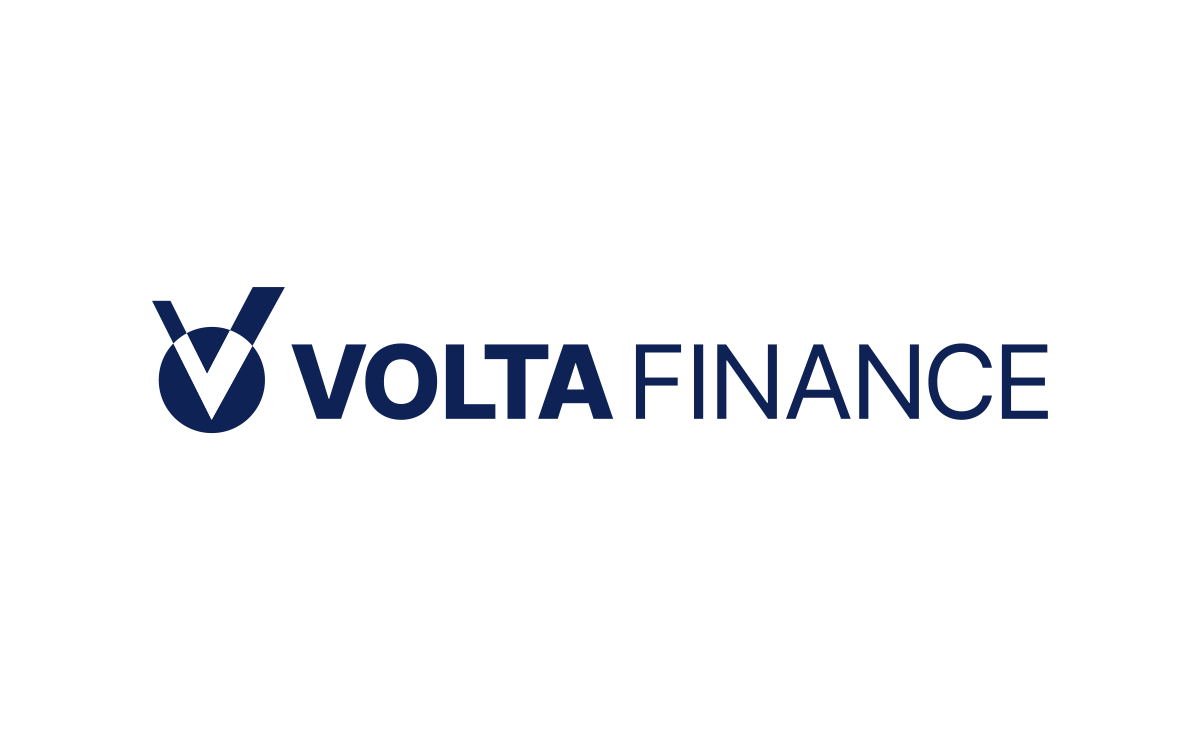Zephyr Energy plc (LON:ZPHR) is an independent oil and gas E&P company with a strategic focus on carbon-neutral hydrocarbon development projects in the Rocky Mountain region of the US.
Following completion of the successful test on the State 16-2LN-CC well in December 2021, and after a detailed evaluation of various options for natural gas sales and export, Zephyr’s Board has elected to recommence production from the well in conjunction with the completion of a new Zephyr owned crypto-currency mining facility on the State 16-2 well pad which is now under development. Investment required to launch the initial 1 megawatt (‘MW’) crypto-mining facility (capital expenditure forecast to be less than US$2 million) will be taken from existing cash resources or in conjunction with third party investors, with facility capital payback expected in under two years at current crypto-currency prices. By fast-tracking equipment procurement to enable the crypto-mine to become operational in c.8-12 weeks, with necessary well work being conducted on the same timeframe, Zephyr’s Board expects to meet multiple objectives. These include accelerating revenue generation from the State 16-2LN-CC well, earning additional revenues from the crypto-mine infrastructure and enabling a highly important long-term test capable of providing significant additional information about the well’s production profile. In parallel with this, funding for the planned three well drill programme on the Paradox project that is expected to commence in 2H 2022, will be provided from the Group’s Williston Basin non-operated assets. Altogether this sets Zephyr up for a further period of intense activity in the run-up to 2023 as it moves closer toward its ultimate goal of unlocking the next great unconventional onshore resource play in the US.
Co-location of crypto facilities makes economic & environmental sense
Conservationists and locals have long criticised flaring, both as an eyesore and for taking an environmental toll in the pristine southern Utah landscape known for being a Dark Sky area. As a result, the past twelve months have seen a growing number of US upstream oil and gas operators (including an immediately adjacent Paradox Basin oil and gas operator) choosing to co-locate crypto-mining facilities at well sites in order to benefit from the growing demand for natural gas to fuel dedicated sources of power generation. About the size of a shipping container, such mobile units house an off-the-grid mobile data centre, a wall of air conditioners and a number of computers running complex algorithms in order to virtually extract Bitcoins.
Design work, permitting and procurement is largely complete to prepare the well for production re-start and to build an initial 1 megawatt (‘MW’), rate constrained ‘beta test’ crypto-mining facility. Restarted production from the State 16-2 LN-CC well and production from the initial phase of the mining facility is expected to be brought online within 8-12 weeks. CryptoKnight Energy, an experienced operator of oil industry co-located crypto mining operations, will serve as the general contractor for the construction and as the long-term operator of the mining facility.
Following review of the beta test operations, Zephyr may elect to build up to 4MW of power generation and crypto-mine facilities on the pad. The Group is evaluating a range of third-party investment options in the event it elects to expand the crypto-mining infrastructure and will provide updates on the outcome of these discussions following the results from the beta test. In addition, Zephyr plans to maintain its commitment to carbon neutral operations by offsetting any CO2 emissions produced by the crypto-mine and associated generators.
As the past few months of exceptional volatility has, of course, amply demonstrated, this investment introduces a new degree of uncertainty for shareholders. But given that the facility capital payback is expected in under two years at current crypto-currency prices (and that the computer equipment purchased will retain significant aftermarket value), it is likely that they will agree that this is a better option than simply containing gas that cannot yet be transported, while recognising that Zephyr’s strict ESG credentials means its Board would never consider the alternative of torching. Over the medium-to-longer-term, however, the Zephyr expects to utilise an alternative solution for the majority of its gas production by tying it to nearby gas export infrastructure recently purchased by Dominion Energy (‘Dominion’), the Fortune 500 Company, which currently services over seven million US customers. Dominion has made public its plans to refurbish and expand the natural gas infrastructure running across the Group’s acreage, and the infrastructure is expected to be available to accept gas volumes from Zephyr’s Paradox wells in 2023. Depending on the level of gas prices and Bitcoin yields, Zephyr will be able to retain a degree of flexibility with respect to how it might most profitably channel its economic output on behalf of shareholders.
Opening up of a commercial Cane Creek play
On 8 December 2021, Zephyr announced the completion of a safe and highly successful well test at the State 16-2 LN-CC well. Over a period of 23 days, the well demonstrated substantial production potential that management considers open up opportunity for a commercial Cane Creek play in its White Sands Unit. Following completion of the well test, Zephyr undertook detailed appraisal of its interim and longer-term options for the sale of both its liquid volumes and produced natural gas.
For the interim period, Zephyr’s Board has elected to recommence production from the State 16-2LN-CC well, whereby:
• Liquid volumes produced from the well will be trucked and sold to refineries in Utah;
• Gas volumes will be sold to a Zephyr-owned crypto-mining facility to be built/co-located on the State 16-2 well pad;
• Valuable, longer term production data will be gathered while the produced gas is used to fuel the crypto-mine facility.
Site preparation work commenced in early May 2022, when 1,185 barrels of oil condensate produced and stored onsite during the December 2021 production test were hauled and sold to a refinery in Salt Lake City. Zephyr received a realised price US$103.36 per barrel, net of transportation costs, for those volumes. Importantly in this respect, the 60 API liquids produced are considered ideal for blending with heavier Utah crude and currently command a premium to WTI price per barrel at the refiner.
Paradox Basin three well drilling programme on track to commence in 2H 2022
Zephyr remains firmly on track to commence its planned three well drilling programme before the end of FY2022. State 16-2 LN-CC production tests have already indicated a rate constrained average of 716 boe/d with peaks of 1,083 boe/d, all with very limited pressure drawdown. Modelling suggests the well is capable of production plateau rates of 10 million cubic feet of gas per day and 500 bopd of liquids (average total of 2,000 boepd). Potential risks remaining to be managed include water saturation, reservoir pressure and hydrocarbon fluid type. Based on at least 150 (unrisked) locations to drill, however, a successful three-well programme in 2022 could lead to a significantly larger FY 2023 development and delineation programme.
You can read or download the full report from Turner Pope Investments here:








































